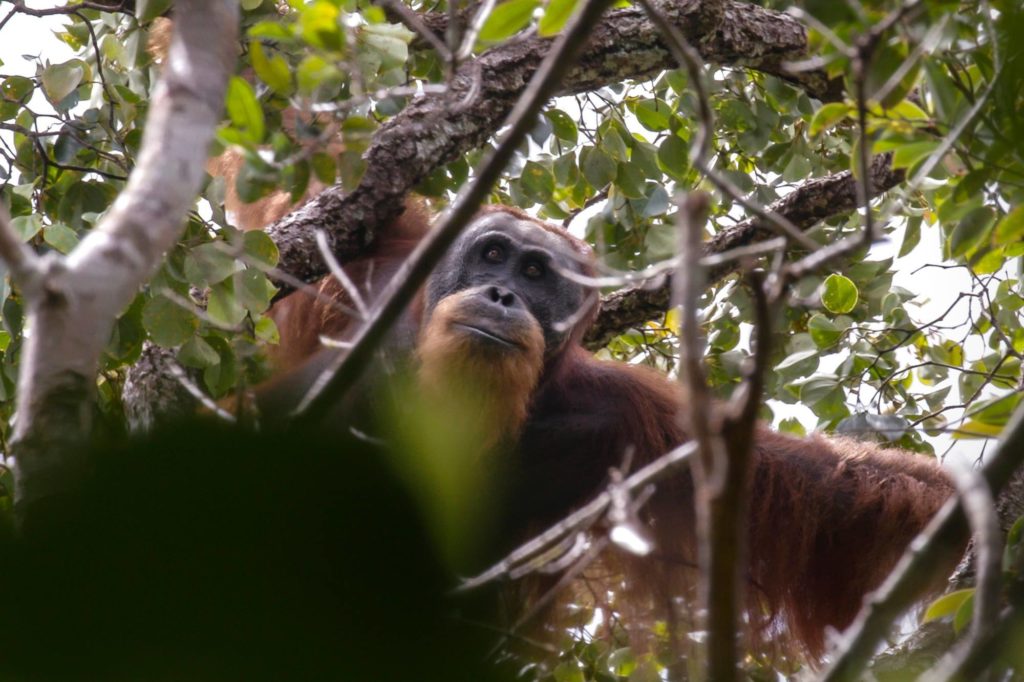Originally published in South China Morning Post
By Zhang Jingjing and Darryl Knudsen
- Chinese state-owned enterprises dominate the dam construction industry and are behind some of the world’s largest mining deals
- Beijing must now take bold action to curb its ecological footprint overseas. SOEs themselves need to adopt clear policies that exclude harmful projects
This week, China assumes the presidency of the UN Convention on Biological Diversity, a treaty that has long served to coordinate global efforts to prevent biodiversity loss.
Between now and next spring, Kunming hosts the convention’s Conference of Parties (COP15), where critical negotiations will determine whether the global community can arrest the biodiversity crisis that, unchecked, could leave half the world’s described species extinct by the end of the century.
Not on the agenda but an important subtext of the meetings is the biodiversity footprint of Chinese state-owned enterprises (SOEs), and what steps they must take to fulfil the Chinese government’s calls for an “ecological civilisation”.
Kunming is the natural location for such an important event. It is the capital of Yunnan, a province representing just 4 per cent of China’s land area but more than 50 per cent of its biological species. Yunnan is also home to the Three Parallel Rivers, a Unesco World Heritage Site claimed as “the most biodiverse and least disturbed temperate ecosystems in the world”.
Kunming’s Nu River, one of mainland Asia’s last free-flowing rivers, has also been protected so far from planned hydropower dams through the efforts of environmentalist Dr Yu Xiaogang and others. Globally, just a third of the world’s longest rivers remain free-flowing and undammed.
Indeed, the decision to shelve those plans in 2016 was a turning point in China’s dam-building spree, which had seen tens of thousands of dams erected on its rivers. For decades, China sacrificed its environment in return for unprecedented economic progress, and this has exacted a steep ecological cost. A 2015 WWF report found that almost half of China’s terrestrial vertebrate species had vanished in the past 40 years
It is in part to reckon with this legacy that the Chinese government, in the lead-up to COP15 in Kunming, has championed the concept of an “ecological civilisation” – the need to balance economic progress with ecological sustainability.
Along these lines, China recently begun conservation efforts to reverse some of the impact of the controversial Three Gorges Dam, the world’s largest hydropower installation and one of the most ecologically damaging. Over 1 million people were forced to relocate and the dam devastated the river’s vibrant ecology, contributing to the extinction of emblematic species such as the Chinese paddlefish.
But even as China begins to reckon with its ecological toll at home, it is facing increasing calls to curb its ecological footprint overseas, particularly that of its SOEs. This has come to the fore as China’s Belt and Road Initiative dispenses hundreds of billions of dollars, often into ecologically sensitive sectors, with as much as 70 per cent contracted through its SOEs.
This includes building roads, ports and railways that often facilitate resource extraction and mining, as well as power plants including dams. Hydropower dams, in particular, have an outsize ecological impact because the rivers where they are built are among the most biodiverse ecosystems on the planet.
Chinese SOEs are of particular relevance as they dominate the dam construction industry with an estimated global market share of 70 per cent: just Sinohydro and China Three Gorges Corp account for more than half of the dams being built.
In Indonesia, Sinohydro is building the Batang Toru dam in Sumatra, a project that scientists fear could precipitate the extinction of the recently discovered Tapanuli orangutan.
The same company is contracted to build the Koukoutamba dam in the middle of a national park in Guinea, a move that could kill 1,500 western chimpanzees, and in a conservation area established explicitly to protect the critically endangered species.

China Three Gorges, meanwhile, plans to build a cascade hydropower dam in Myanmar on the free-flowing Salween River – which flows through China as the Nu River – just downstream of the sites that China decided to save from dam development in Yunnan. The biodiversity impact of these and other dams are the subject of a new International Rivers report, “Advancing Ecological Civilization?”.
Chinese SOEs are also behind some of the world’s largest mining deals. State-owned Aluminum Corporation of China Ltd (Chalco), for example, last year started shipping bauxite from its mine in Guinea, home to the world’s largest reserves of the aluminium ore.
The project is part of a US$20 billion minerals-for-infrastructure deal struck between China and Guinea. Guinea’s bauxite reserves overlap with chimpanzee ranges and mining activities have significantly affected chimp populations there.
The Chinese government is well aware of the issues of its overseas footprint, and in July, the ministries of commerce and environment updated their guidance for Chinese companies operating overseas, encouraging them to align their activities with global biodiversity and climate commitments.
Many observers welcome this but note that the previous set of voluntary guidelines, issued a decade ago, have not translated into meaningful changes in SOE policy or practice.
China needs to take stronger measures and provide economic incentives to make these commitments a reality. This would be a welcome step after President Xi Jinping’s announcement that China will no longer finance coal projects overseas. Meanwhile, the companies themselves need to adopt and implement clear policies that exclude harmful projects from consideration.
This could include: prohibiting projects within protected areas, requiring the free, prior and informed consent of indigenous people, and avoiding projects that would harm critically endangered species, particularly the great apes that are mankind’s closest relatives.
It is through these bold actions that Chinese SOEs can help China achieve an ecological civilisation.
Zhang Jingjing is a lecturer in law at the University of Maryland. Darryl Knudsen is the executive director of International Rivers
Featured photo: Locals protest against the Irrawaddy Myitsone dam project in Kachin state, Myanmar, on April 22, 2019. The dam is being built by the Myanmar government and China Power Investment Corporation. Chinese SOEs dominate the global dam-building industry. Photo: EPA-EFE

